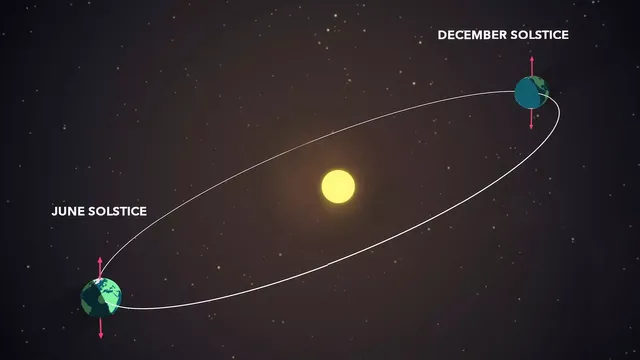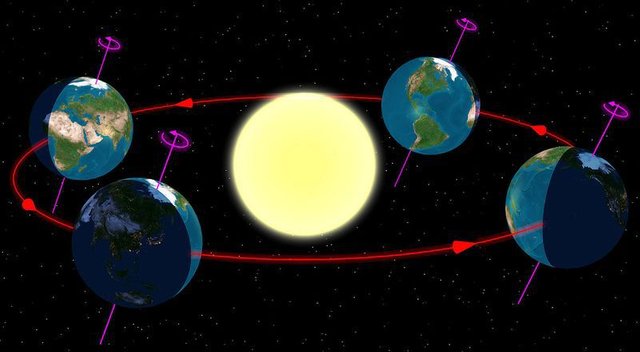
June 21 is an intriguing date. It is the date when Earth has its longest day and the most limited night. This date is otherwise called the late spring solstice in the northern side of the equator of the world. In the northern half of the globe, summer is around mid-year. Though, in the southern side of the equator summer lies in December.
The late spring solstice is set apart to praise the start of summer or mid-summer as of now Earth's shaft is on the greatest slant towards the sun. After June 21, the days begin to get more limited and the evenings become longer.

June 21 or the late spring solstice is the longest day on the grounds that the World's shaft slants to 23.5 degrees more than its typical slant towards the sun bringing about an openness to the Earth getting more straightforward daylight onto its surface.
Upon the arrival of the solstice, the Sun arrives at its northernmost situation at the Jungle of Malignant growth, after which it stops prior to switching its bearing and moving south once more.
This year, it will occur on June 21 at 3:58 pm BST in the UK and 10:58 am ET/7:58 am PT in the US, and 8:27 PM in India.